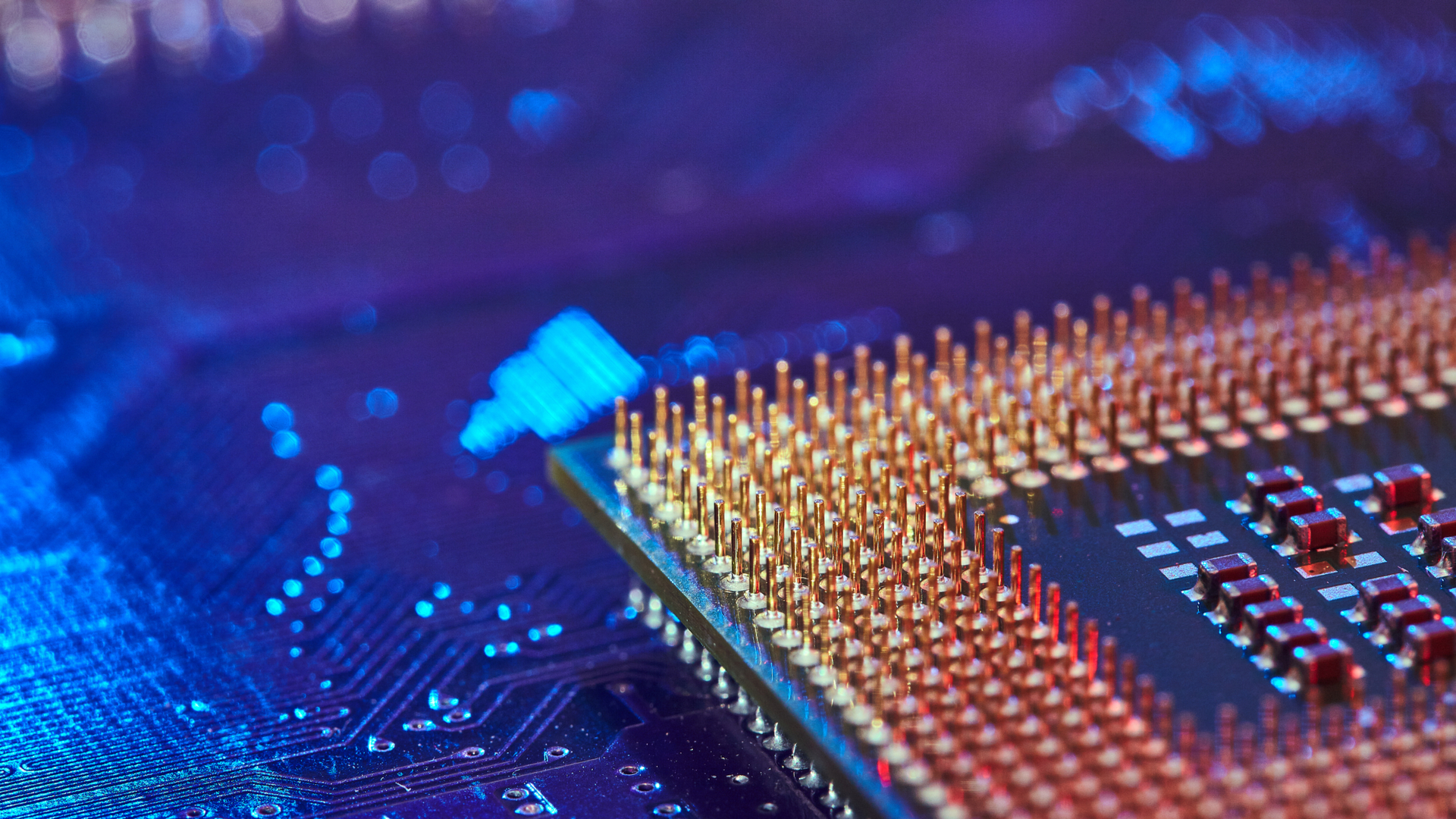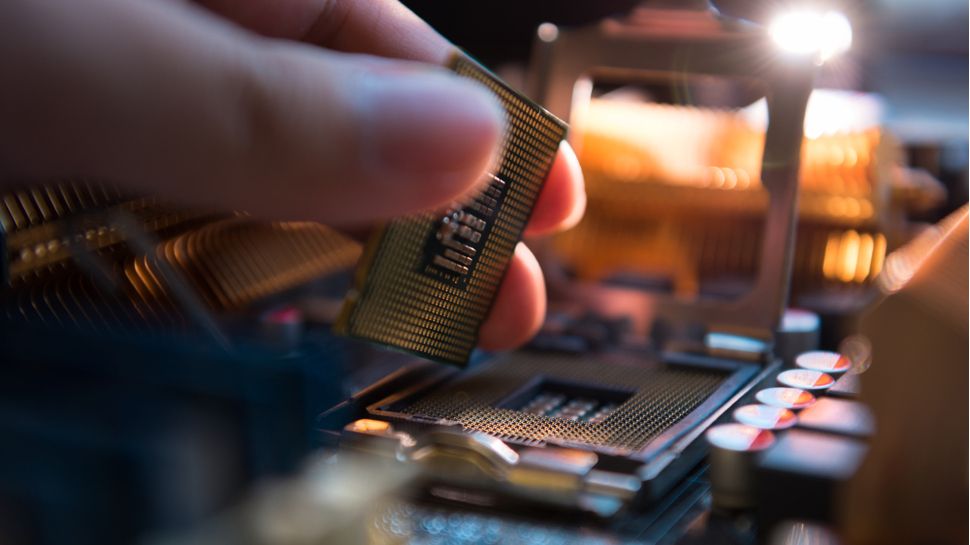Intel vs AMD CPU war hots up with new 24-core Raptor Lake-S rumors
We love the CPU wars

Intel’s dominance in the CPU market has been somewhat shaken lately by a resurgent AMD, and it looks like the company isn’t taking the challenge lying down if new rumors about its 13th-gen Raptor Lake-S desktop processors are to be believed.
From what we’ve heard, the Raptor Lake-S family of processors, which will come after Intel’s 12th gen Alder Lake-S release, will feature two new core architectures – Raptor Cove cores for high-performance tasks, and enhanced Gracemont cores that are more efficient.
- Here are the best gaming PCs
- We’ve picked out all the best processors
- And check out the best motherboards
The idea would be that Raptor Lake-S would use the efficiency cores for day-to-day tasks, keeping overall power consumption down, and will switch to the high-performance cores when your PC needs extra processing power. Processors in mobile devices from the likes of ARM and Qualcomm have been doing something similar for a while now.
YouTube channel AdoredTV has now apparently got hold of leaked information about the upcoming CPUs, and talks about them in the video you can watch below.
Leaked Intel Raptor Lake-S details
According to AdoredTV, Intel Raptor Lake-S will have a flagship Intel Core i9 K-Series processor, which will come with 24 core, 32 threads and a 36 MB cache. Those core numbers are noticeable as they are higher than Intel’s consumer CPUs usually go, though it’s worth pointing out that it will apparently be split between eight high-performance Raptor Cove cores, and 16 efficiency Gracemont cores.
In contrast, Intel’s 12th gen Alder Lake-S’s flagship CPU, the Intel Core i9-12900K, is rumored to come with 16 cores (with eight performance and eight efficiency cores) and 24 threads.
Intel Raptor Lake-S will also have an Intel Core i7 K-series variant with 16 cores (eight Raptor Cove and eight Gracemont) and 24 threads, and an Intel Core i5 K-Series with 14 cores (six Raptor Cove and eight Gracemont) and 24MB cache.
Sign up for breaking news, reviews, opinion, top tech deals, and more.
These K-Series CPUs are all unlocked, which means users can overclock them to eke out more performance.
There will also be non-overclockable Raptor Lake-S CPUs, according to the leak. These will be an Intel Core i5 S-Series with 14 cores (six Raptor Cove and four Gracemont), 16 threads and 21MB cache, an Intel Core i3 S-Series with four cores (all Raptor Cove), eight threads and 12MB of cache and an Intel Pentium S-Series with two cores (both Raptor Cove), four threads and 6MB of cache. All CPUs will apparently come with integrated graphics supplied by Intel’s enhance Xe GPU.
Analysis: Competition is good

If these specs are accurate, and they sound pretty plausible, then it looks like Intel is getting serious about AMD. These will no doubt be powerful CPUs, and with the two new core architectures, it shows that Intel is keen to try new things.
This is great to see, as for a long while Intel’s dominance in the CPU market meant that the company appeared to get a little complacent, with very little innovation between GPU generations. And to be fair, who could blame it? It was seeing unrivaled success with its products, so the need to radically innovate simply wasn’t there.
However, its biggest competitor in the desktop CPU space, AMD, has recently been on a bit of a winning spree with its CPUs, gaining critical and commercial success, and this has led to its chipping away at Intel’s once unassailable lead.
AMD’s desire to take Intel’s crown has meant the company has pulled out all the stops when it comes to producing excellent processors, and it’s now overtaken Intel when it comes to processing node leadership, producing 7nm chips while Intel is still on 10nm (though Intel maintains these numbers are more to do with PR than actual performance).
Still, this has shaken Intel, which recently announced its ambitions to re-take the process node leadership, and widen the gap between its lead and AMD. The renewed competition in the AMD vs Intel fight has meant that not only has AMD upped its game, but Intel is doing the same. The overall winners, then, are us consumers, as we’ll be getting some truly exciting processors that should push our PCs to even greater heights in the future.
- AMD vs Intel: who makes the best CPUs?

Matt is TechRadar's Managing Editor for Core Tech, looking after computing and mobile technology. Having written for a number of publications such as PC Plus, PC Format, T3 and Linux Format, there's no aspect of technology that Matt isn't passionate about, especially computing and PC gaming. He’s personally reviewed and used most of the laptops in our best laptops guide - and since joining TechRadar in 2014, he's reviewed over 250 laptops and computing accessories personally.